What is the tolerance range of precision screws?
What is the tolerance range of precision screws?
Service Hotline
+86760-8787 8587We have more than ten years of experience in screw industry production, the main products are: lengthened DIN933 screws, PC board plastic rivets, flat head knurled screws, flat washer screws, wheel nuts, chemical anchor screws, hexagonal long nuts, aluminum cup head screws , Anti-loose multi-tooth anti-skid, fine-tooth hexagonal slotted female nut, DIN127, cold heading rivets, GB6177.1 hexagonal flange nuts, hollow screws, shrapnel ball nuts and other fasteners, due to different product materials and specifications, Prices also vary, please contact us if necessary.


rivet is a nail-shaped object used to join two parts or components with a through hole and a cap on one end. In riveting, the riveted parts are connected by their own deformation or interference. There are many types of rivets, and they are informal. Commonly used are R-type rivets, fan rivets, blind rivets, blind rivets, tree rivets, semi-circular head, flat head, semi-hollow rivets, solid rivets, countersunk head rivets, blind rivets, hollow rivets, these usually use their own deformation Connect the riveted parts. Generally less than 8 mm with cold riveting, larger than this size with hot riveting. But there are exceptions. For example, the nameplate on some locks is riveted by the interference between the rivet and the lock body hole.
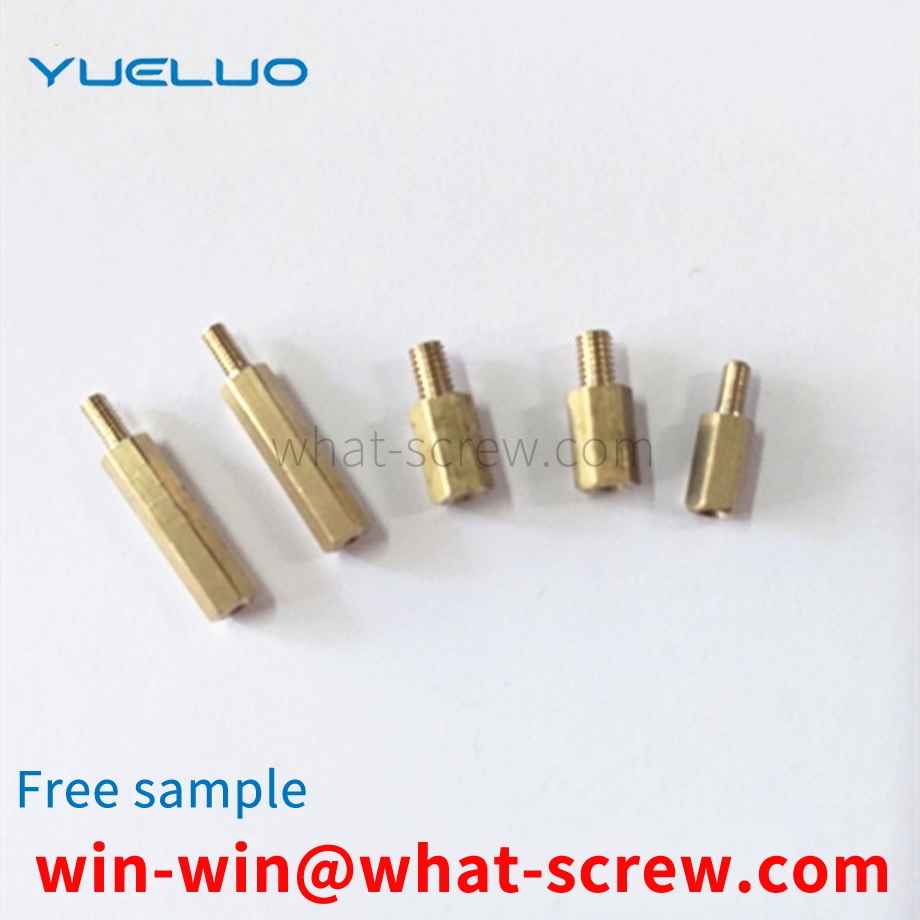
Electrical contact element is a kind of low-voltage electrical products and household electrical products widely used in switches, relays, thermostats, circuit breakers, contactors, controllers, timers, etc. There are mainly three types of electrical contact elements. 1. Riveting parts , riveting the rivet on the copper piece; 2. Welding piece, welding the sheet contact on the copper piece; 3. Stamping piece, punching the composite tape into components. Existing rivet contacts on the market at present are usually all made of precious metals, such as a simple metal matrix such as gold or silver. Its electrical contact performance is limited by a single metal material, and its electrical contact performance is poor; and due to certain requirements for metal purity in production, production efficiency is low, and production costs are high, resulting in the production of products that cannot be sold on a large scale in the market. and application.
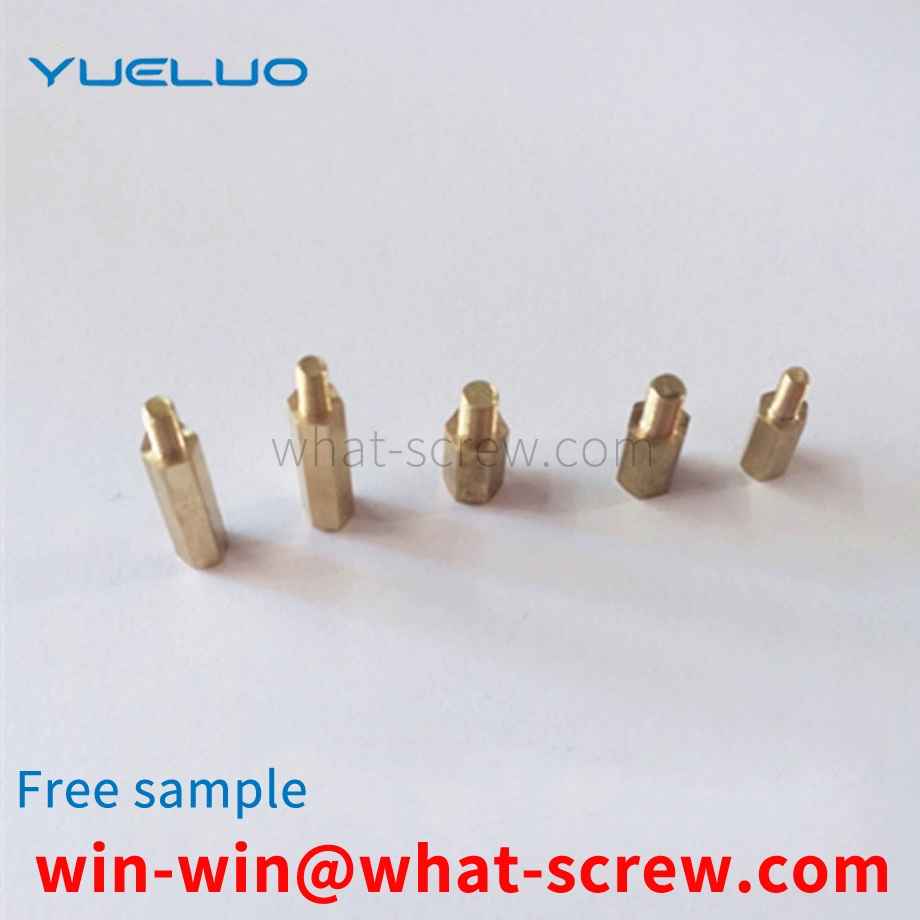
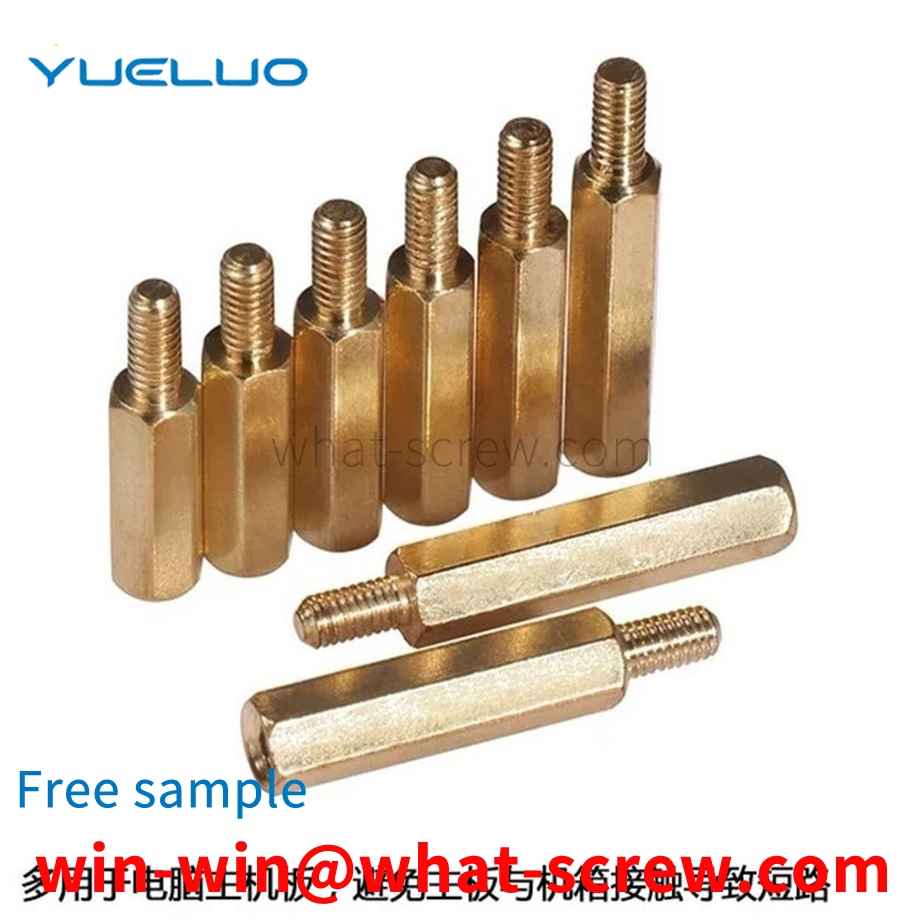
(1) The screw-in performance test is to screw the self-tapping locking screw sample into the test plate until one complete thread completely passes the test without breaking. (2) The destructive torque test is to clamp the stem of the self-tapping locking screw specimen in a thread mold or other device that matches the screw thread, and uses a calibrated torque-measuring device to measure the screw. Torque is applied until fracture, which should not occur in the clamped threaded portion. (3) Carry out a tensile test on the screw sample to check the minimum tensile load for failure. The fracture should be within the length of the rod or the unthreaded thread, and should not occur at the junction of the nail head and the rod. Before the sample breaks, it should be It can reach the minimum tensile load specified by the corresponding performance class. (4) Hydrogen embrittlement is a problem that must be strictly paid attention to in the surface treatment process of self-tapping locking screws. In the pickling process, the screw is stirred in dilute hydrochloric acid, and the amount of hydrogen absorbed by the pickling steel increases linearly with the square root of time and reaches the saturation value. Less than 100%, a large number of hydrogen atoms will be produced, which will be attached to the surface of the screw, resulting in hydrogen infiltration, and the steel will become brittle due to the absorption of hydrogen. The self-tapping locking screw takes 6~8h to drive hydrogen, and the temperature is 160~200℃ (phosphating) and 200~240℃ (electroplating). However, in the production process, the hydrogen drive time should be determined according to many production conditions such as core hardness, surface roughness, electroplating time, coating thickness, pickling time, and acid concentration. It is best to do it before passivation and just after electroplating.
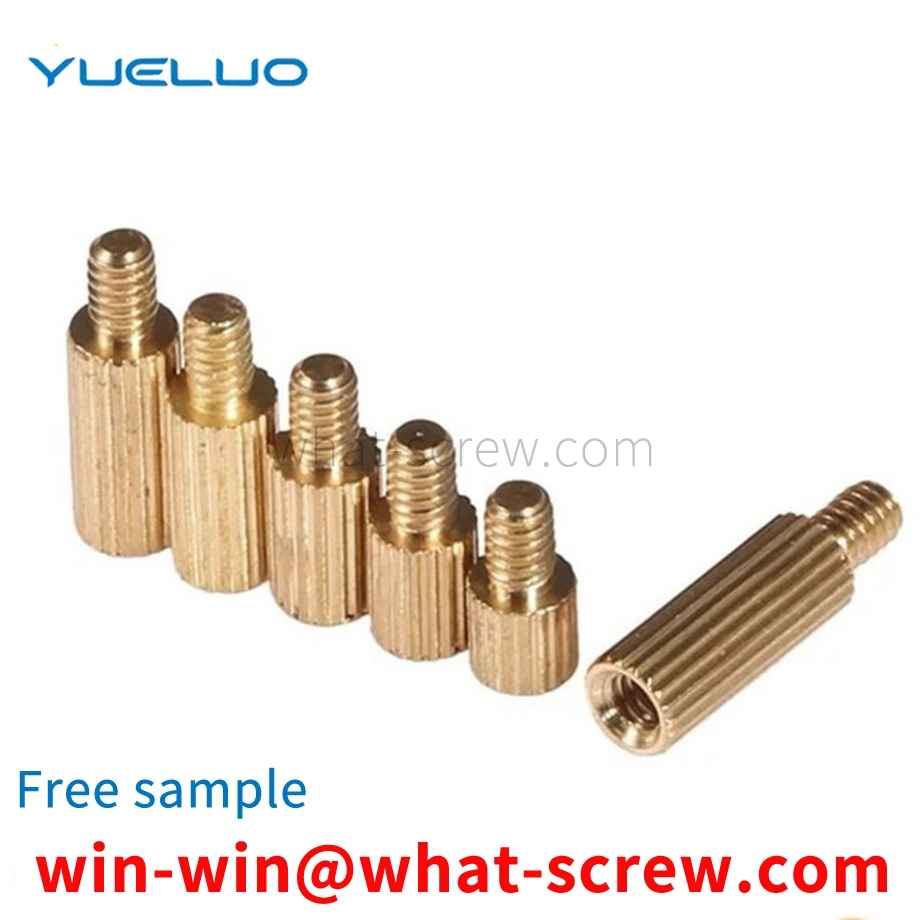
At present, the locking washer is widely used in the upper wheel side locking of passenger cars. During assembly, the locking washer is bent perpendicular to the thread of the axle pipe, so as to prevent the protrusion from passing through the gap between the two tooth profiles of the thread and ensure the locking The stop gasket is always in the groove of the shaft tube and cannot be rotated to achieve the purpose of locking. This method is relatively simple and is currently used more;
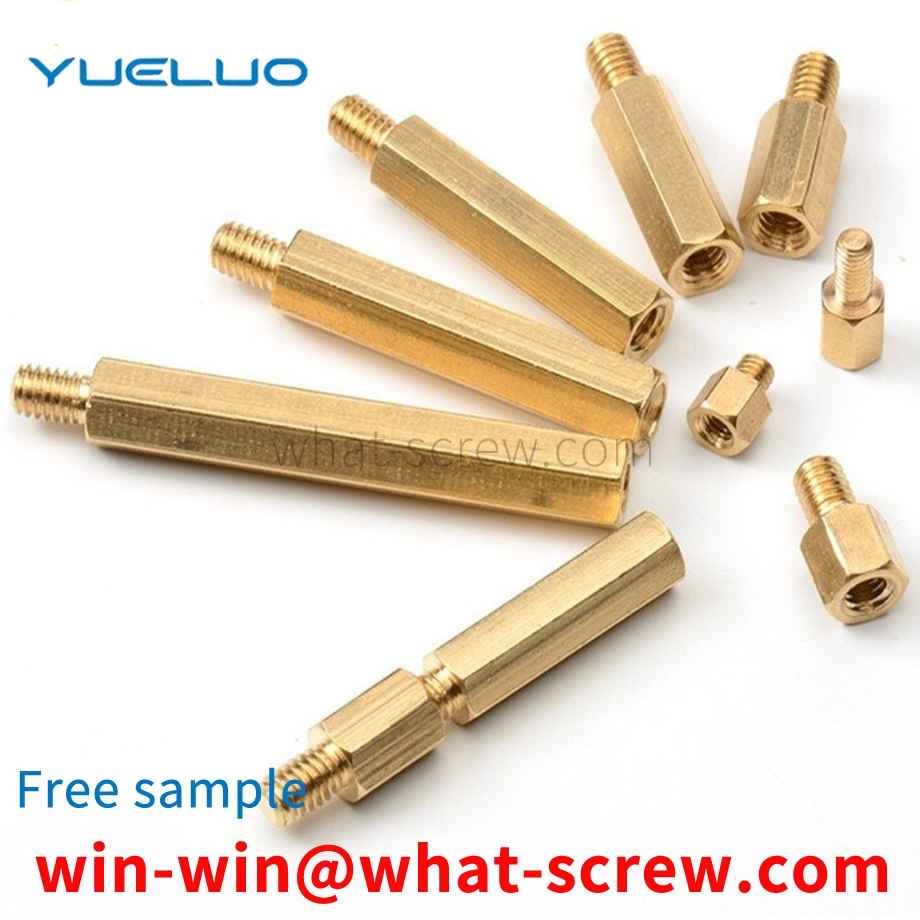
The above content is uploaded by Yueluo or the Internet. If there is any copyright issue, please contact [email protected].

What is the tolerance range of precision screws?

How to choose the right stainless steel screw manufacturer?

Why is there an R angle under the head of the hexagon head s...

We have more than ten years of experience in screw industry ...

We have more than ten years of experience in screw industry ...

We have more than ten years of experience in screw industry ...

We have more than ten years of production experience in the ...